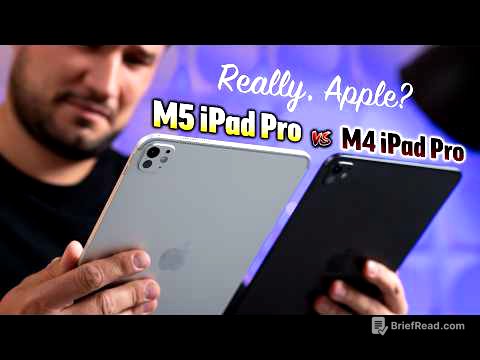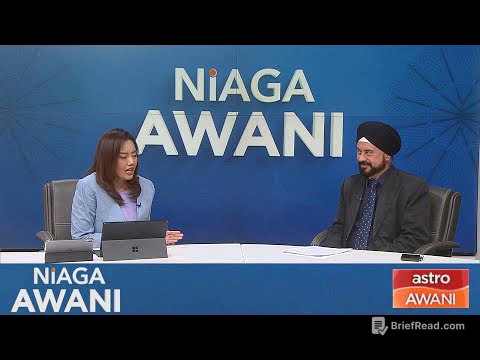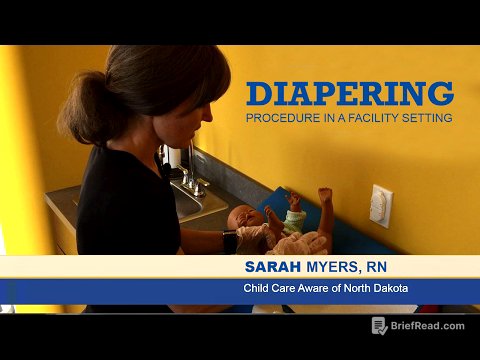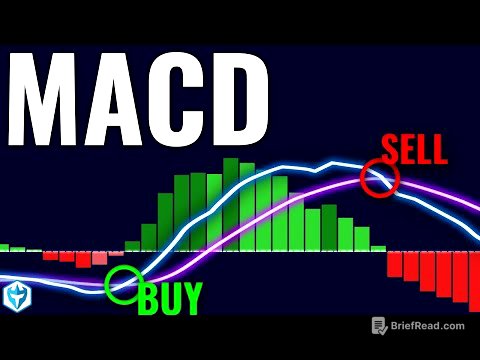TLDR;
This video outlines a 10-step system designed to significantly increase sales conversion rates. It emphasizes the importance of a helpful mindset, thorough preparation, building trust, understanding customer needs, and providing value. The system covers everything from initial contact to final follow-up, aiming to equip salespeople with practical techniques to close deals effectively.
- Mindset of helping the client
- Understanding marketing pillars and target segment
- Building trust and rapport with customers
- Addressing objections and demonstrating value
- Strategic follow-up to encourage purchase decisions
Introduction [0:00]
Abdel Rahman Taj introduces himself as an architect, founder of Asla Architects, and a trainer at Taj Groz Company. He claims that by using his 10-step system, businesses and salespeople can triple their conversion rates. This system, developed over five years and applied to numerous clients, aims to transform the sales process.
Mental Mindset [0:50]
The first step involves adopting a mental mindset focused on helping the client rather than just making a sale. The intention should be to deliver real value, even if it means recommending a competitor's product if it better suits the client's needs.
Preparation Before the Sales Meeting [1:09]
Before the sales meeting, it's crucial to understand basic marketing pillars and strategic marketing. This includes knowing the target segment, their needs, and pain points. Analyzing competitors to identify strengths and weaknesses helps in creating a Unique Selling Proposition (USP) that answers the client's question: "Why should I buy from you and not from the competitor?".
Crafting the Sales Script: The Hook [1:35]
The third step involves crafting a sales script, starting with a "hook" to capture the customer's attention. This can be achieved by explaining how you can help them achieve their goals, citing examples of success with other clients. For instance, a marketing agency might say, "We help companies double their sales and build a strong brand in less than three months, and we've done this for over 50 brands."
Ice-Breaking Stage [2:13]
The ice-breaking stage focuses on building trust and rapport with the customer. A proven technique for this is finding common ground. People are naturally drawn to those who are similar to them, so identifying shared interests can help establish a connection.
Qualification Stage [3:12]
The qualification stage involves understanding the client's needs in detail through specific questions. A key technique is the "reverse question," which asks the client why they considered buying the product or service or why they were dissatisfied with their current solution. This helps uncover their specific needs and motivations.
Presentation Stage [3:33]
The presentation stage involves using effective methods of influence and persuasion. One such method is the "Reality, Problem, Solution" technique. This involves stating an agreed-upon reality, highlighting the problem, and then presenting your company's solution.
Demonstrative Stage [4:19]
The demonstrative stage is about proving your competence and reassuring the customer that you can deliver on your promises. This can be done by showcasing the number of satisfied customers, success stories, or relevant certifications.
Objections Stage [4:46]
The objections stage involves addressing and analyzing customer objections. If the objection is price, it's important to clarify the value that the product offers. The customer will only buy if the perceived value (benefits minus cost) is high enough.
Closing Stage [5:13]
The closing stage is about professionally closing the sale using effective techniques. One technique is to give the customer a choice between different options within your product, rather than focusing on whether they will buy it at all. Another is the "baby dog" technique, which involves offering a demo version of the product or service.
Follow-Up Stage [5:52]
The follow-up stage involves following up with the customer in a way that encourages them to make a purchase decision quickly. Instead of pressuring them, provide ongoing value, such as relevant information or solutions to specific problems. This builds trust and positions you as an expert, making them more likely to buy from you when they are ready.
Diploma Registration [6:18]
The video promotes a diploma program that provides a deeper understanding of the system and ready-made templates for application. It mentions a market quotation strategy with prices increasing over time, encouraging viewers to register sooner for the best price.









